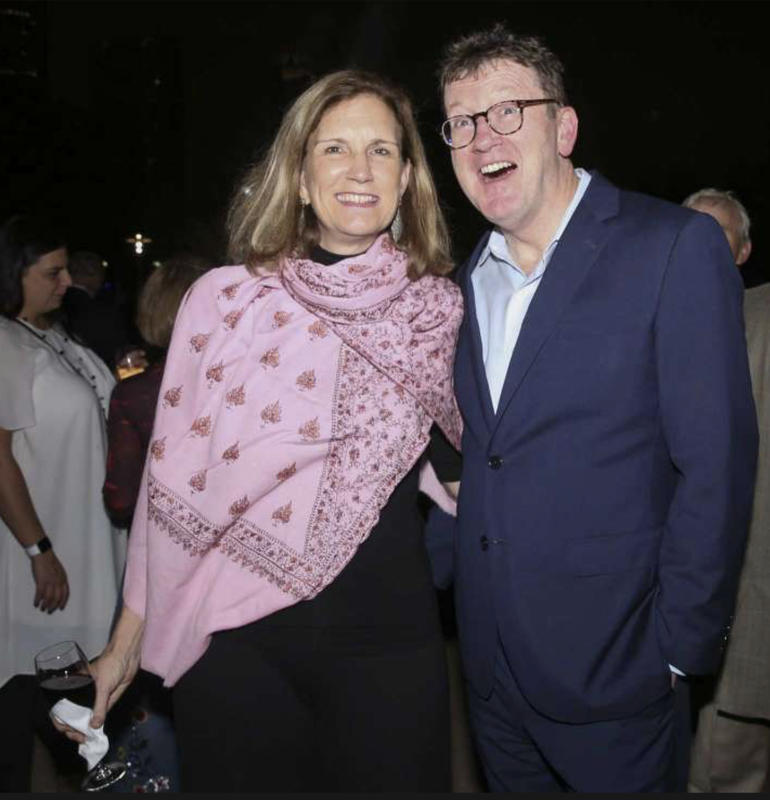But this article might make those with a working brain think. I'll sum it up for you (and perhaps elaborate a bit).
Clean Line Energy, which is in negotiations to sell the project to sustainable energy developer Invenergy, is seeking permits from state regulators in Kansas and Missouri to build the power line.
Invenergy bills itself as North America’s largest privately held renewable energy provider. The Chicago based company has 89 wind projects worldwide that generate 12,814 megawatts of power. The firm and its affiliates claim to have more than $9 billion in total assets.
The Commission’s concerns regarding undue preference and affiliate abuse arise when a merchant transmission owner is affiliated with customers. Applicant does not have any affiliates that currently plan to secure transmission service rights on the Project. Applicant is therefore a purely merchant transmission owner with respect to its proposal to allocate up to 100% of the Project’s capacity pursuant to bilateral negotiations.
Because then Invenergy wouldn't be in a position to have to take 95% of the GBE route in Missouri through eminent domain proceedings. It could simply let NextEra take 95% of the Plains & Eastern Route in Oklahoma for its merchant generation tie line... except Oklahoma law doesn't allow eminent domain for wind generators.
Local leaders in the Oklahoma Panhandle are pinning their lingering hopes on the idea that some version can be salvaged. The mostly rural region has struggled to attract employers, and this would have been by far the largest investment in its history, with a projected 4,000 construction jobs and a dramatic increase in tax revenue for local governments.
Its demise is still sinking in for Michael Shannon, director of the region's economic development office. "I'm stunned," he said, adding, "There has to be a Plan B."
I think Hans Detweiler said that GBE has secured easements on 39 properties in Missouri, but it needs 739 easements. Grain Belt Express needs 700 more easements in Missouri, 95% of its route across the state. Detweiler thinks that GBE will need to take easements by eminent domain before it can complete final engineering and obtain its project financing. Where ya been, Hans? The real transmission companies are all about getting injunctions for surveys long before a project is permitted by a state. What makes Hans think things are different in Missouri? Hansypoo's claims rang just a bit hollow for me. Ditto the other clowns at the circus who were quite insistent that Invenergy would have to use eminent domain before it had completed engineering or found customers. How many times in the past has Invenergy possessed the right of eminent domain? How smart is it to give eminent domain authority to a generation company? Then wouldn't every generator (or wannabe generator) want to have eminent domain authority for their generators and tie lines? What would make GBE different from a new fossil fueled generator that wanted to build in Missouri and ship the power generated to another state via a private transmission line?
But what happens if the MO PSC approves GBE, and then the company begins eminent domain proceedings against 700 property owners long before it has found buyers for capacity or financing to build the project? Or even before the assent of county commissions? What if GBE obtains easements across the state and then changes its project into a generation tie line that doesn't actually serve Missourians? Will the PSC make GBE give the easements back? Unlikely. Where would the authority for that be? What if this is just a big ruse to gain the power of eminent domain for a private utility's generation tie line? Is that what Commissioner Hall is smelling this time around? The Missouri Public Service Commission must absolutely determine that GBE is actually a public utility before awarding them the power to take private property for their own use (because it's actually supposed to be for PUBLIC use). Is this smelly thing going to survive challenge in the appeals courts?
Go away, Invenergy. Your dastardly plan is never going to succeed. Transmission lines that plan to use eminent domain for 95% of the route are rarely approved. And these landowners are winning because they have stuck together. It's unlikely they're going to cave at this point. Go away, Invenergy. Just go away. You don't understand eminent domain because you've never had the authority to use it.

 RSS Feed
RSS Feed